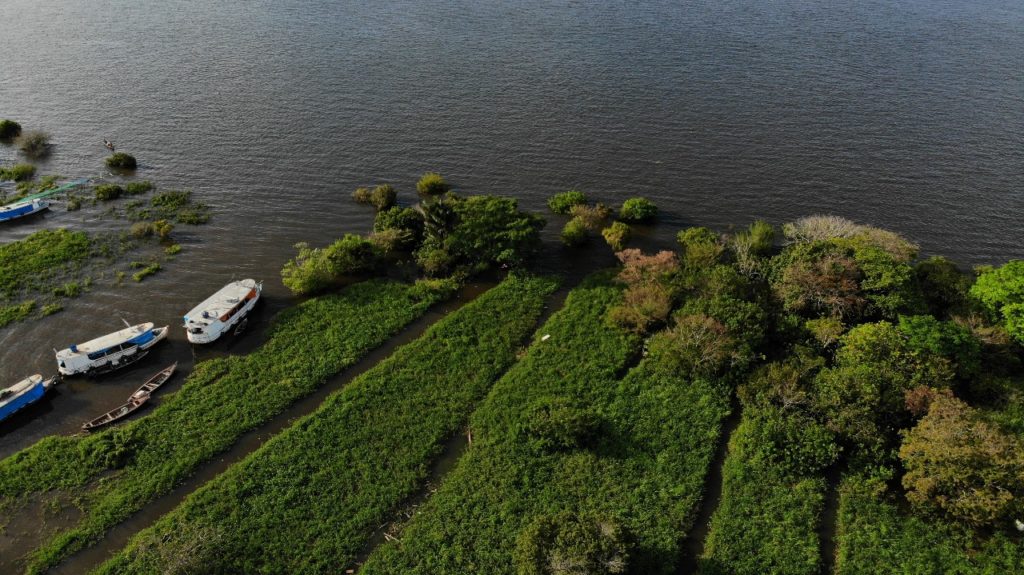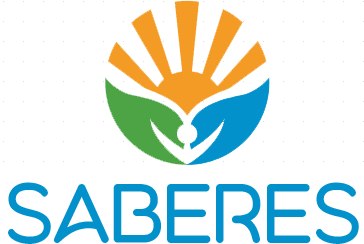The Amazon floodplain hosts a wealth of biodiversity, including fish populations that provide a primary source of animal protein, livelihoods, and income for millions of people in the study area (Isaac & Almeida 2011). Seasonally flooded forests, shrubs, and grasslands occur along a gradient of flooding depths. Fish move into these environments to benefit from abundant food and nursery habitats, increasing their biomass and the productivity of fishing activities.. T3.1 will model fish catch as a function of floodplain habitat, river water levels, fishing effort, and life-history strategies to assess the impact of future hydroclimatic scenarios on catch of all dominant fish taxa. We will use historical fisheries and river stage data, habitat products generated in WP1, and hydrological scenarios generated in WP2. As in our recent research (Castello et al. 2015) fish catch in any given year will be modeled as a function of hydrological indices one, two, and three years before in order to account for hydrological effects on the fishes’ early life processes (i.e., recruitment). To assess climate change effects, we will integrate this modeling framework with outputs from WP2 to run simulations of hydrological scenarios. Model results will quantify the effects of potential future hydroclimatic alterations on fish catch, identifying the joint and separate effects of fish life-history and floodplain land cover change. T3.2 will evaluate potential future changes in floodplain forest beta diversity distribution under different climate change scenarios. We will use a floodplain forest biodiversity database produced under the BONDS project, and integrate environmental factors derived from WP1 (inundation period; water type) into generalized dissimilarity models (Ferrier et al. 2007). These results will be combined with WP2 scenarios topredict the effects on forest beta diversity of
climate-driven changes in river stage, and the follow-on effects on fish biodiversity.

